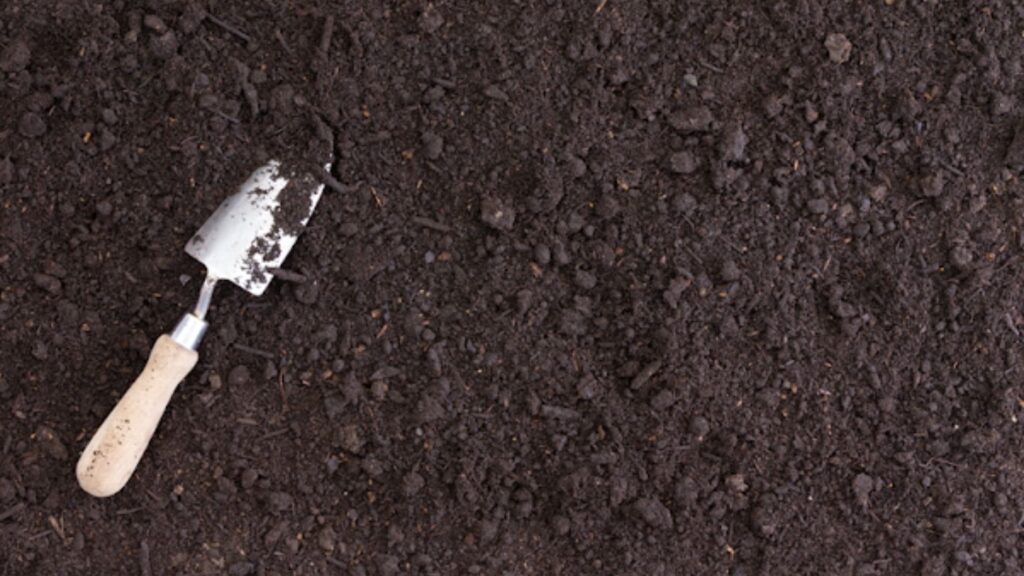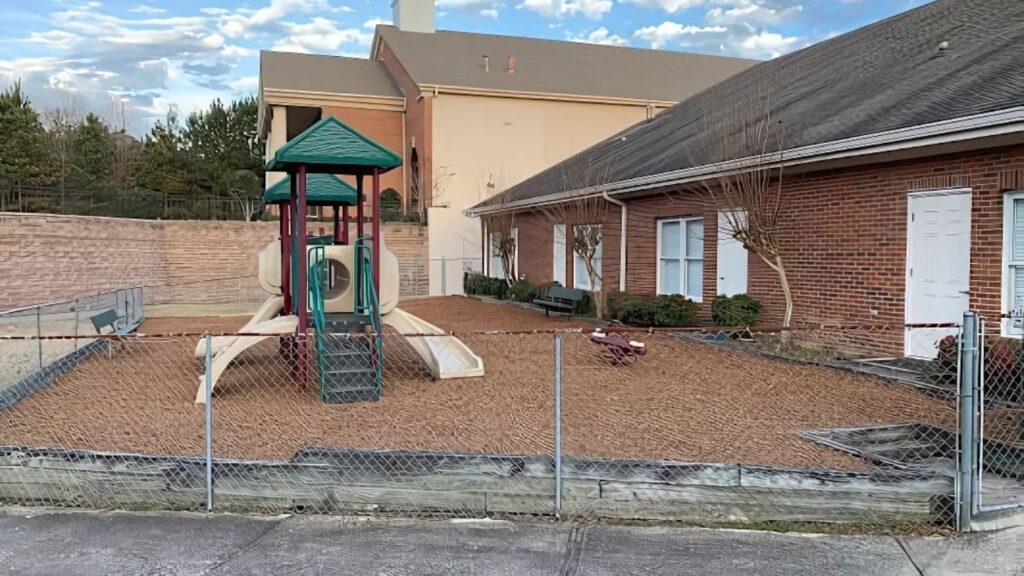When planning a garden or construction project, understanding the difference between topsoil and fill dirt is crucial. Topsoil is nutrient-rich and supports plant growth, perfect for gardens and landscaping. Fill dirt is compact and stable, ideal for structural uses like leveling and filling holes. In this blog, we’ll delve deeper into their characteristics, uses, and how to choose the right one for your needs.
Key Takeaways
- Fill dirt is used primarily for structural purposes and lacks the organic matter needed for plant growth, while topsoil is nutrient-rich and essential for gardening.
- Fill dirt provides stability and is ideal for construction projects, whereas topsoil supports healthy plant development and enhances soil quality.
- Choosing between fill dirt and topsoil depends on project needs; fill dirt is suitable for leveling and structural stability, while topsoil is necessary for projects involving planting.
What is Fill Dirt?

Fill dirt, utilized for its stability-enhancing properties in construction and landscaping projects, is a soil variant that offers little to no nutritional support for plant life due to its absence of organic matter and essential nutrients. It’s compositionally distinct from topsoil fill dirt as it integrates elements such as clay, rocks, and sand—materials selected for their ability to compact well rather than fostering the growth of plants.
Extracted predominantly from lower layers beneath the fertile topsoil at excavation sites, this type of dirt is comprised mostly of inorganic components that contribute significantly to its density and structural integrity. These same characteristics render it inhospitable for maintaining biological processes crucial for nurturing healthy vegetation.
Despite being an indispensable element in achieving solid groundwork necessary across various developmental undertakings—a stark contrast exists when considering fill dirt versus growing medium—it becomes evident that while invaluable for creating firm bases or filling spaces within landscapes or construction zones, it fails miserably when tasked with aiding in planting pursuits since plants cannot thrive without nutrient-rich soils like topsoil teeming with life-supporting organic substances.
Common Uses of Fill Dirt
Filling dirt is integral to a multitude of tasks due to its robustness and ability to provide stability. Here are some common uses:
- Leveling Land: Fill dirt is used to create an even surface for landscaping and construction projects.
- Raising Ground Levels: This helps in elevating ground levels to prevent flooding or to create desired elevations.
- Constructing Rises: Essential for building stable rises and slopes in landscaping.
- Foundation Preparation: Used to fill holes and provide a stable base for structures.
- Grading Projects: Filling dirt is crucial for grading land to ensure proper drainage and stability.
- Supporting Hardscapes: Provides a solid base for walkways, patios, and terraces, ensuring they remain stable and secure.
These uses highlight the importance of filling dirt to provide the necessary stability and support for various construction and landscaping tasks.
What is Topsoil?
The topmost layer of soil, known as topsoil, is abundant in organic matter and teeming with microorganisms vital for the flourishing of plants. This crucial layer is 2 to 8 inches thick and possesses the greatest concentration of essential elements like nutrients, water, and air that are required by plant life. Topsoil’s makeup includes a mixture of sand, silt, and clay and can differ from one region to another.
Topsoil serves an important role in fostering a nurturing environment for plant roots by offering them a medium loaded with nutrients. It comprises organic materials along with mineral particles and humus that stimulate biological activity, which is crucial for maintaining healthy plants. The rich concoction not only imparts necessary nutrients but also improves the soil’s structure while aiding its ability to retain moisture.
When tackling gardening or landscaping projects where quality soil stands paramount, commercial-grade topsoil proves beneficial as it frequently comes enhanced with added organic substances, thus bolstering its nutrient content further. Utilizing such enriched topsoils aids in ameliorating overall soil health, which results in lush vegetation growth under ideal conditions.
Benefits of Using Topsoil
- Nutrient and Moisture Retention: Topsoil excels at preserving both nutrients and moisture, which are vital components for successful plant growth. This ensures that plants receive the nourishment they need over time.
- Enhanced Root Development: The high-quality composition of topsoil encourages extensive root development. This improvement in root structure enables plants to better absorb nutrients.
- Rich in Organic Matter: Topsoil is abundant in organic matter, which elevates soil quality and creates a hospitable environment for beneficial microorganisms. These microorganisms play a crucial role in maintaining plant health.
- Effective Moisture Management: Topsoil maintains adequate moisture levels while providing effective drainage. This balance prevents issues like excessive water accumulation and root rot.
- Boosts Soil Fertility: Unlike fill dirt, topsoil significantly enhances soil fertility, making it the preferred substrate for various gardening and landscaping projects. This leads to robust plant life and healthier gardens.
Incorporating topsoil into your gardening and landscaping endeavors is indispensable for fostering vibrant plant growth and ensuring a thriving environment.
Key Differences Between Topsoil and Fill Dirt

Understanding the fundamental distinctions between topsoil and fill dirt is crucial for selecting the appropriate material for your specific project. Here are the key differences:
- Composition:
- Fill Dirt: Primarily consists of subsoil, clay, and rocks with minimal organic matter. It is dense and compact, making it ideal for structural applications.
- Topsoil: Rich in organic materials and nutrients, including a mix of sand, silt, and clay. It is looser and more fertile, supporting plant growth.
- Nutrient Content:
- Fill Dirt: Lacks essential nutrients and organic matter, making it unsuitable for supporting plant life.
- Topsoil: Abundant in nutrients and organic matter, which are vital for healthy plant development.
- Water Drainage:
- Fill Dirt: Has a compact structure that may restrict water drainage, potentially leading to poor root development.
- Topsoil: Offers superior water drainage due to its looser composition, promoting better root expansion and plant health.
- Uses
- Fill Dirt: Best suited for leveling the ground, creating elevation changes, and providing a stable foundation for construction projects.
- Topsoil: Ideal for gardening, landscaping, and any project requiring nutrient-rich soil to foster plant growth and enhance soil quality.
By understanding these differences, you can choose the right type of soil for your project, ensuring optimal results and a thriving environment.
When to Use Fill Dirt vs. Topsoil

The selection between fill dirt and topsoil hinges on the specific needs of your project. Before making a decision, thoroughly assess these requirements. Fill dirt is best suited for providing a stable base while containing minimal organic material, and it is ideal for construction-related endeavors such as forming even surfaces needed under patios or driveways.
In contrast, when it comes to activities that entail planting or sustaining vegetation, topsoil becomes critical due to its composition, which is rich in nutrients. As the premier choice for gardeners and landscapers alike, topsoil supports soil quality and supplies plants with essential nutrients required for robust growth. Despite typically having a higher cost compared to fill dirt, the advantages it offers towards plant vitality more than makeup for this expense.
Fill dirt serves well in leveling out depressions within yards or lawns as well as backfilling against building foundations—aiding both structural solidity and drainage concerns effectively. To recapitulate, whether you opt for fill dirt or topsoil should ultimately depend on whether your initiative values foundational firmness over horticultural health.
Enhancing Soil Quality with Amendments
Altering soil quality with suitable amendments is crucial for successful gardening and landscaping endeavors. Adding shredded topsoil, which is high in organic matter, can improve the soil’s structure as well as its capacity to retain moisture—both of which are beneficial for the growth of plants. Using clean fill dirt can also enhance both the texture and fertility of your existing topsoil, setting up an ideal environment conducive to plant health.
Incorporating shredded topsoil into your garden helps establish stronger root systems by facilitating better distribution of nutrients throughout the soil. This improved nutrient access allows roots to absorb essential nutrients more effectively, leading to vigorous vegetation growth and overall healthier plants.
The composition of topsoil typically includes a balance between sand, silt, and clay that supports proper drainage and air circulation — two factors critical for vibrant plant life. By integrating these components into your landscape’s earthy foundation, you significantly boost the quality of your soil, a boon for ensuring plants flourish during their respective growing seasons.
Read more: Garden Soil vs. Topsoil—Unveiling the Differences
Environmental Considerations
Topsoil is advantageous for the environment and essential for fostering healthy vegetation due to its nutrient-rich content and lack of toxic substances, making it a safe choice for gardening pursuits. By incorporating topsoil into your gardening projects, you cultivate an optimal habitat that encourages plant growth and aligns with eco-friendly horticulture.
Embracing sustainable methods in soil management, such as recycling both fill dirt and topsoil, considerably lessens environmental strain while enhancing soil vitality. Making choices informed by sustainability leads not only to a more vibrant ecosystem but also ensures fruitful results in both landscaping endeavors and gardening activities.
Summary
In conclusion, understanding the differences between topsoil and fill dirt is crucial for the success of your landscaping and construction projects. Fill dirt provides a stable foundation for structural applications, while topsoil’s nutrient-rich composition supports healthy plant growth and enhances soil quality. By choosing the right type of soil for your project, you can ensure optimal results and a thriving environment.
At Mulch Pros Landscapes Supply, we are dedicated to providing high-quality materials and reliable services to meet your landscaping needs. For those in need of topsoil delivery in Milton, we offer a convenient and efficient service to ensure you get the best soil for your gardening and landscaping projects. Contact us today to learn more about our products and how we can help you achieve your project goals.
Frequently Asked Questions
What is fill dirt composed of?
Fill dirt is primarily made up of natural earth materials, including sand, rocks, and clay, but it does not contain essential nutrients or organic matter.
Why is topsoil important for plant growth?
Topsoil is crucial for plant growth as it contains essential nutrients and organic matter, supporting both root development and soil fertility. Without it, plants struggle to thrive.
When should I use fill dirt instead of topsoil?
You should use fill dirt for structural purposes, such as leveling surfaces and providing stability for construction, whereas topsoil is preferred for gardening and landscaping due to its nutrient content.
Can I improve soil quality with amendments?
You can indeed improve soil quality with amendments like shredded topsoil and clean-fill dirt, which enhance texture, fertility, and nutrient distribution for better plant growth. Prioritizing these amendments will lead to healthier soil and more robust plants.


